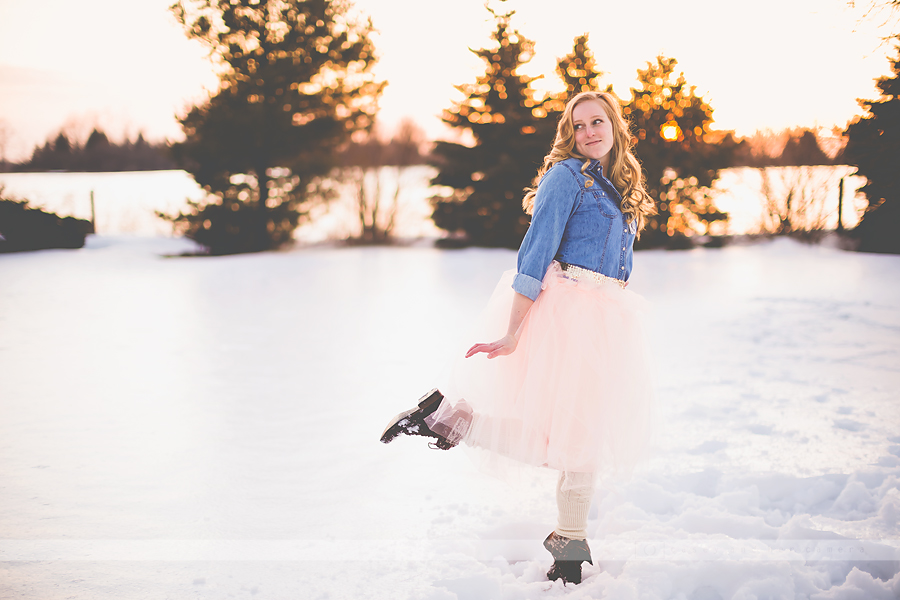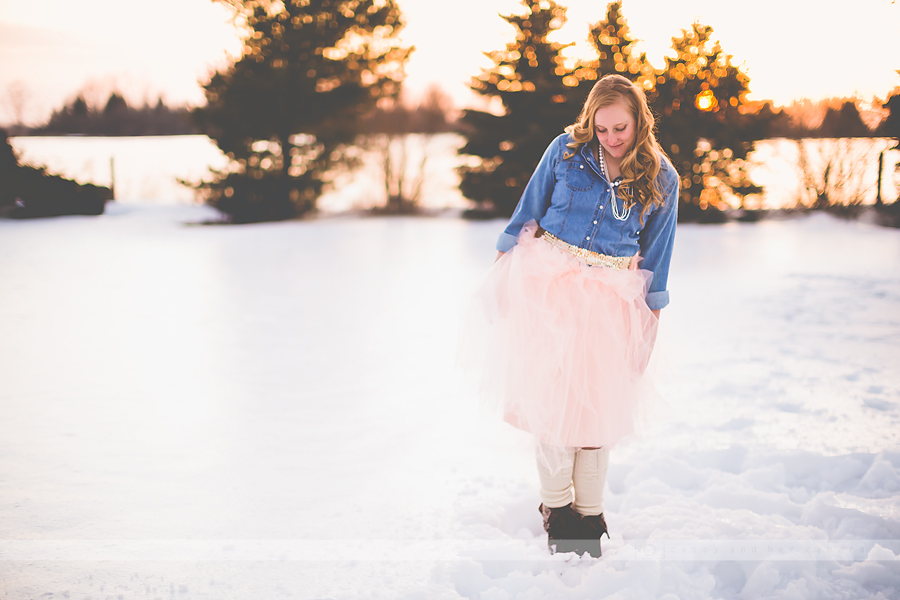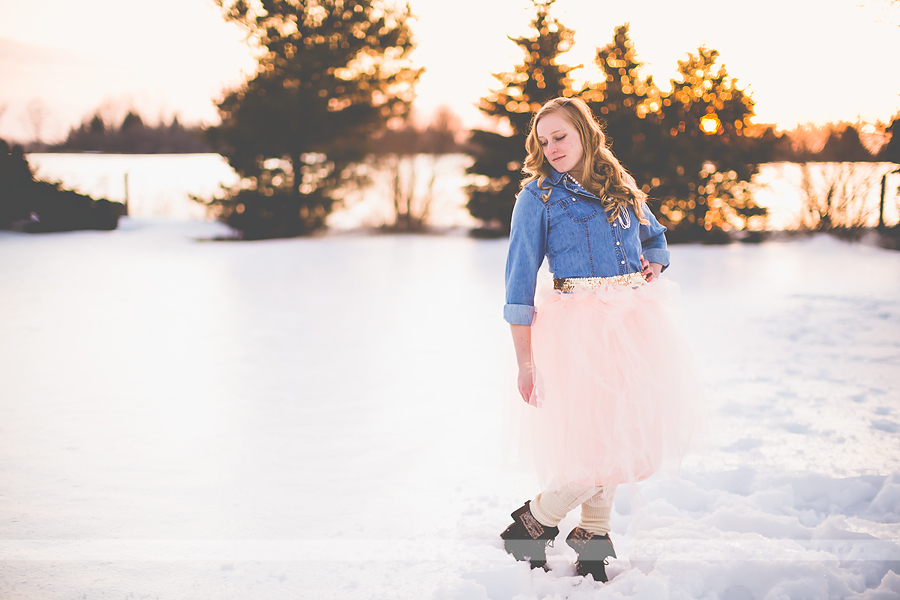Oh my goodness… I almost forgot it’s Friday! It’s been a total whirlwind of a week and time has gotten away from me… starting with the time change this past Sunday. Yikes!
So as I’m wrapping up a week of playing catch up, the For Photographers post nearly slipped my mind. Never fear, though, I always have something to share! A couple of weeks ago I read this article about the use of ISO and appearance of grain in photos and it got me paying more attention to how I shoot.
In an ideal world… we’re all shooting for ‘perfect exposure’, but what does that really mean? If I’m shooting a backlit portrait at sunset, there is no perfect exposure. I suppose I could take two perfectly exposed images and merge them in editing, but it will likely look unnatural. I’ve heard the argument for underexposure so as not to lose detail in the highlights, but conversely, what about the argument for overexposure so as not to lose detail in the shadows?

Or in the case or the above article, the argument for overexposure to reduce the appearance of grain? Grain tends to be more prominent in the shadow areas, so if you are shooting at a higher ISO and then underexposing, now you have a whole new element to work on in editing… and luminance will only go so far.
Remember… this is art. YOUR art. That you’re creating. Know what the ‘rules’ are. Take time to understand exposure and what is technically correct. Then use your knowledge to choose your own path and create your own work.
I’ve noticed that I tend to overexpose. I’ve tried to underexpose, but it’s completely unnatural for me. It also works against my editing flow. I start all my edits with an assortment of my own ACR presets and then hand edit from there. Many times, an image that is overexposed SOOC (straight out of camera) will end up perfectly exposed with no exposure compensation in the SOOR (straight out of RAW) version. Either way, sometimes when I’m shooting (and I tend to shoot at sunset) I have to make a choice of what to expose for.

I also know (the cat’s out of the bag!) that my choice of exposure paired with my editing flow sometimes creates (intentionally) ‘halos’ around some of my high contrast background areas. In the case of the above image, it’s particularly around the horizon line trees. Since these images were shot with personal intent and not meant for client use, I took more artistic freedom with these images – I experimented more. With client images, I still push boundaries, but not quite as much. I edit client images with the notion that people should and will be blowing the images up onto large canvases. The above image would still print fine on a canvas, but the halos would be more noticeable.
The point is – as long as you are knowledgeable and aware (and shooting and editing with intention) there really isn’t a wrong way to shoot or edit. Don’t let anyone tell you so. This is all about making your art. It’s about personal preference and style (hence we all have clients who work with us and there are plenty of others who choose to work with someone else).
Some of the biggest names in photography out there right now don’t follow the rules and you shouldn’t either. I don’t want to attach names to this, but I encourage you to look into some of your favorites and learn about some of their own quirks and stylistic trends that make their work ‘theirs’. Then take a look at your own work and figure out what makes yours, yours. <3
“Your tools do more than just influence the appearance of the resulting art – they basically set limits upon what you can say with an art piece. And when particular tools and materials disappear (because knowledge of how to make or use them is lost), artistic possibilities are lost as well. … And likewise when new tools appear, new artistic possibilities arise.
The dilemma every artist confronts, again and again, is when to stick with familiar tools and materials, and when to reach out and embrace those that offer new possibilities. …In time, as an artist’s gestures become more assured, the chosen tools become almost an extension of the artist’s own spirit. In time, exploration gives way to expression.”
– Art & Fear by David Bayles & Ted Orland

casey and her camera is an Indianapolis Family Photographer specializing in family, couple, lifestyle, senior, and wedding photography for Indianapolis, Indiana and the surrounding areas.
Share this:
Indianapolis Family Photographer | For Photographers Fridays | Exposure
Mar 13, 2015

Nicely written article 🙂 Gorgeous photos too!
Cole
Love these images, kind of makes me want to have snow photos taken one year 🙂 :)!! Great post!!!
Exactly! It’s an art, not a science. Make your own rules!
Great tips! I think one of my biggest challenges as a photographer was finding “ME” and what works!
Just discovered your blog while searching for photography wesbites. I also have learned the rules of photography and enjoy breaking them too.